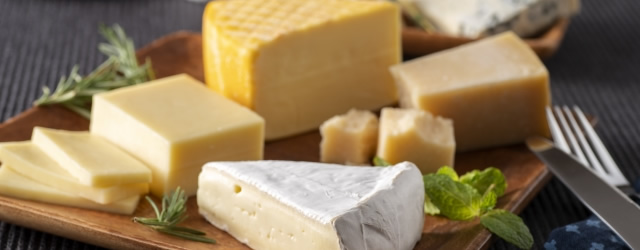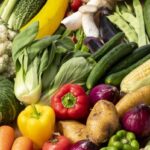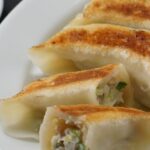
On July 28, 2022, National Health Commission of the People’s Republic of China (NHC) and State Administration for Market Regulation (SAMR) announced 36 New National Food Safety Standards and 3 Amendments. This time, we will focus on “beverages” and “cheese” among the newly established national food safety standards, and compare them with the current standards.
This column is based on an article contributed by the Chinese consulting company REACH24H Consulting Group.
GB 7101-2022: Beverages
GB 7101-2022 (New) *December 30, 2022 enforcement |
GB 7101-2015 (current) | |
|---|---|---|
| Target | This standard applies to beverages and does not apply to packaged drinking water (including natural mineral water). | This standard applies to beverages and does not apply to packaged drinking water. |
| Definitions | One or more food ingredients, regardless of the presence of auxiliary ingredients, food additives, or nutritional enhancers, in quantitative packaging for direct drinking or mixing with water, with an ethanol content not exceeding 0.5% by mass (e.g., carbonated beverages, fruit and vegetable beverages, protein-based beverages, solid beverages) | Packaged for direct drinking or for mixing with water and containing 0.5% or less by mass of ethanol |
| ~ Omitted ~ | ||
| Others |
|
|
The newly enacted GB 7101-2022 adds more details to the definition, indicating that it also includes protein beverages. In addition, there are newly added contents such as the requirement to indicate the content of lactic acid bacteria on products containing lactic acid bacteria (unsterilized).
GB 25192-2022:Processed cheese and Cheese products
GB 25192-2022(New) *December 30, 2022 enforcement |
GB 25192-2010(current) | |
|---|---|---|
| Target | This standard applies to processed cheese and cheese products. | This standard applies to processed cheese. |
| Definitions | [Processed cheese] [Cheese products] |
[Processed cheese] Products with their main ingredient of cheese (15% or more), with emulsified salt, regardless of the presence of other ingredients, after processes such as heating, stirring, emulsification, etc. |
| ~ Omitted ~ | ||
| Others |
|
– |
In the newly established GB 25192-2022, the ratio of cheese, which is the definition of processed cheese, was increased from 15% to 50%. In addition, a new category called “cheese products” is included, and the ratio of cheese in cheese products is set at 15-50%.
As with beverages, there are other new additions, such as the requirement to indicate the percentage of cheese used in the product.
We have covered “Beverages” and “Cheese” this time, the contents described here are only a part, and there are other contents and standards that have been changed. Therefore, those who are considering exporting to China should read 36 New National Food Safety Standards and 3 Amendments contents.
Especially when the category changes, there is a possibility that the standard for use of additives may change in conjunction with the category change. Therefore, it is recommended that you check not only the package label but also the mixing recipe (ingredients used).
References
- China Unveils 36 New National Food Safety Standards and 3 Amendments (REACH24H Consulting Group)
- 关于发布《食品安全国家标准 食品添加剂 丁香酚》(GB 1886.129-2022)等36项食品安全国家标准和3项修改单的公告(2022年 第3号)
- Announcement on the Issuance of 36 National Food Safety Standards and 3 Amendments to Food Safety Standards, Including Food Additives Eugenol (GB 1886.129-2022) (2022 No. 3)
Share/Like/Follow:
Newsletter Signup
We issue monthly e-newsletters, which provide you with the latest updates on food labeling/regulations in Japan.
If you want to make sure to not miss any issue, please click below.
Related Service
Research Services on Ingredients & Food Labeling -For the Japanese Market-
We verify the conformity of ingredients and additives with the standards for use in Japan based on specifications such as formulation lists. We also verify the conformity of the proposed labeling of ingredient names, nutrients, etc. with the labeling standards based on specifications such as formulation lists.

Label bank Co., Ltd. Regulatory Review and Development
Born in Japan. Specializing in nutrition, she is engaged mainly in research on ingredients and labeling drafts for food products to be exported from Japan to overseas, as well as in checking the consistency between Japanese and overseas nutrition labeling.






